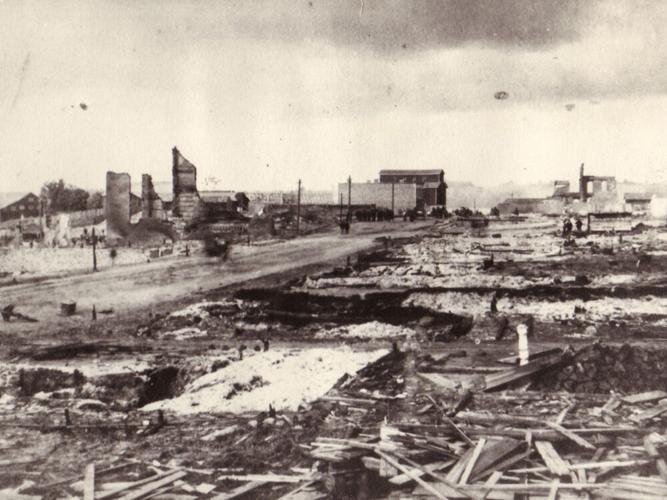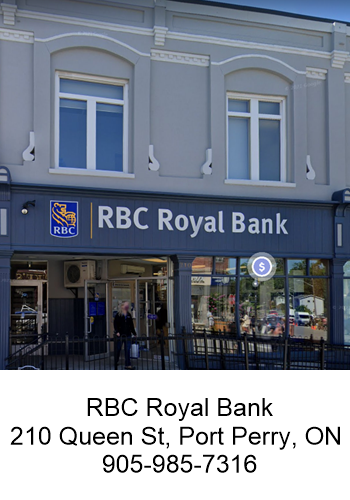The Rich History of Port Perry, Ontario

Port Perry, a picturesque town nestled on the shores of Lake Scugog in Ontario, Canada, boasts a rich and varied history that dates back to the early 19th century. This vibrant community, known for its charming downtown and scenic waterfront, has evolved from a modest settlement into a thriving town, all while retaining its unique historical character.
Early Settlement and Formation
The area that would become Port Perry was originally inhabited by the Mississaugas, a sub-group of the Anishinaabe First Nations. European settlers began to arrive in the early 1800s, attracted by the fertile land and the promise of prosperity. In 1821, Reuben Crandell became the first European settler to establish himself in the region, marking the beginning of a wave of settlement.
Port Perry was officially founded in 1848 by Peter Perry, a Newmarket businessman who recognized the potential of the area. He played a pivotal role in the development of the town, investing in the construction of a sawmill and gristmill, which spurred further growth. The town was named in his honor, and his contributions are remembered as foundational to Port Perry’s early prosperity.
Growth and Development
The mid-19th century was a period of rapid growth for Port Perry. The construction of the Port Whitby and Port Perry Railway in 1871 was a significant milestone, providing a vital link between the town and the larger markets in Toronto and beyond. This railway facilitated the export of local agricultural products and timber, bolstering the town’s economy.
In 1873, Port Perry was incorporated as a village, and its population continued to grow. The establishment of various businesses, including stores, hotels, and manufacturing enterprises, transformed Port Perry into a bustling commercial hub. The town’s strategic location on Lake Scugog also made it a popular destination for tourists and day-trippers from nearby cities.
Fires and Rebuilding

Like many 19th-century towns, Port Perry faced challenges, including devastating fires. The most notable fire occurred in 1884, destroying much of the downtown area. However, the resilient community quickly rebuilt, and the new structures were more robust, reflecting the Victorian architectural style that characterizes the town to this day.
20th Century to Present
The 20th century saw continued growth and modernization in Port Perry. The town expanded its infrastructure, including improved roads and public services. The construction of the Scugog Dam in 1940 helped regulate the water levels of Lake Scugog, reducing the risk of flooding and promoting recreational activities.
In the latter half of the century, Port Perry became known for its vibrant arts and cultural scene. The town’s historical buildings were preserved and repurposed, enhancing its charm and attracting tourists. Events like the Port Perry Fair, established in 1852, and various cultural festivals contribute to the town’s lively atmosphere.
Today, Port Perry is part of the Township of Scugog, which was formed in 1974 through the amalgamation of several smaller municipalities. The town continues to thrive, balancing growth with the preservation of its rich heritage. Its downtown area, with its well-preserved 19th-century architecture, is a designated heritage conservation district, reflecting the community’s commitment to honoring its past.
Conclusion
Port Perry, Ontario, is a town where history and modernity coexist harmoniously. From its early days as a pioneer settlement to its current status as a vibrant, thriving community, Port Perry’s history is a testament to the resilience and vision of its inhabitants. Whether you’re exploring its charming downtown, enjoying recreational activities on Lake Scugog, or participating in its cultural events, the legacy of Port Perry’s rich history is ever-present.





























































